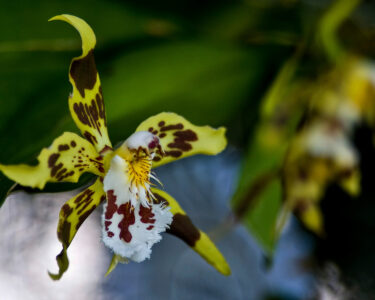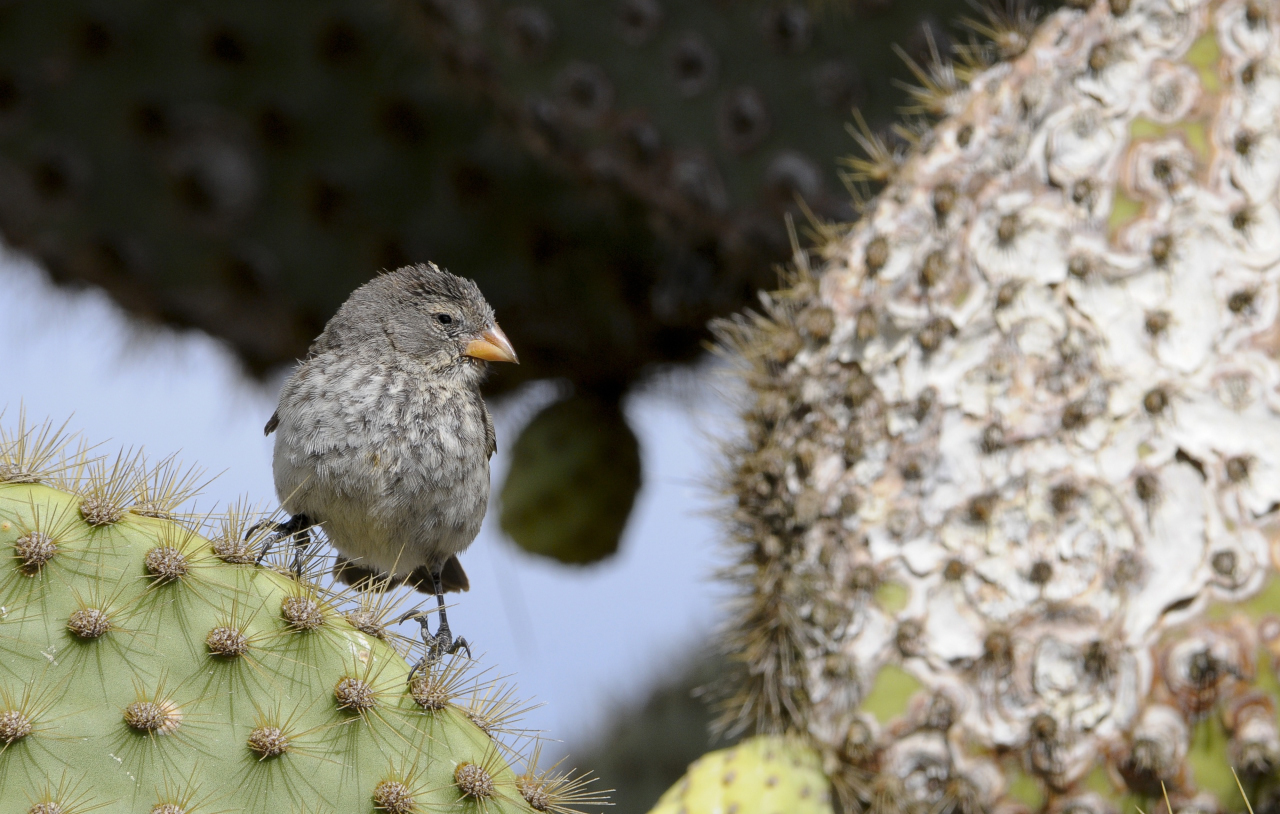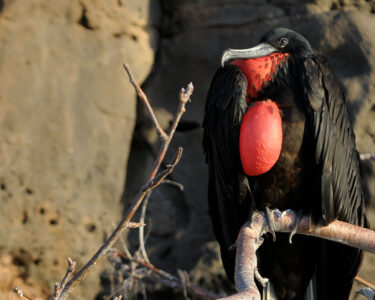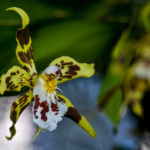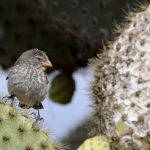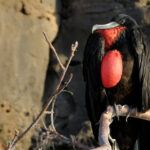The Hummingbird, according to one of the legends of the Abya Yala, «carries the thoughts of men from here to there to dialogue between death, life and heartbeat.» The hummingbird has been highly revered by the Incas, Mayans, Mexicans, and the people of North America. It was considered to be the messenger of the gods for its agility when flying. There are over 350 species of hummingbirds, all confined to the Americas. Ecuador has the second highest amount of species in the world, after Colombia, with over 135 registered. They are very small and can weigh between 2 grams and 22 grams. In the Kichwa language they are called quindes, and there is a legend amongst the Shuar people of the Amazon, in which it is known as «the gift of fire.»
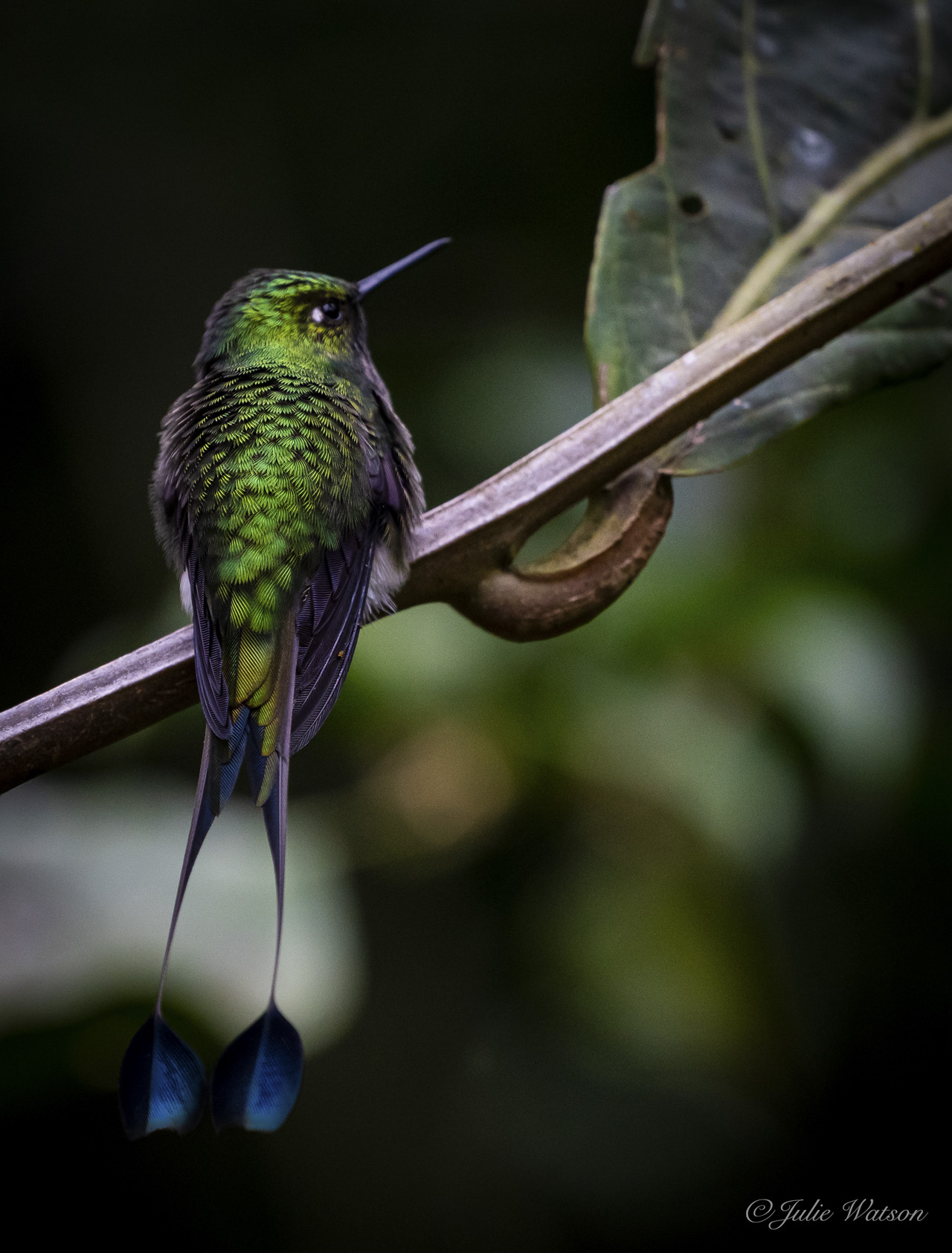
Julie Watson: Photos and text
In 2017, the Blue-throated Hillstar was discovered in Ecuador, and it was declared a new species in 2018. This hummingbird lives in the paramos of the Andes in Loja, between 3,300 and 3,700 meters above sea level.
Glittering jewels fluttering amongst the brightest flowers, hummingbirds have the highest heart rate of any creature on the planet, at over 1000 beats per minute. When asleep their heart rate lowers dramatically as the bird enters into a torpor state, slowing its heart rate down to between 50 – 200 beats per minute.
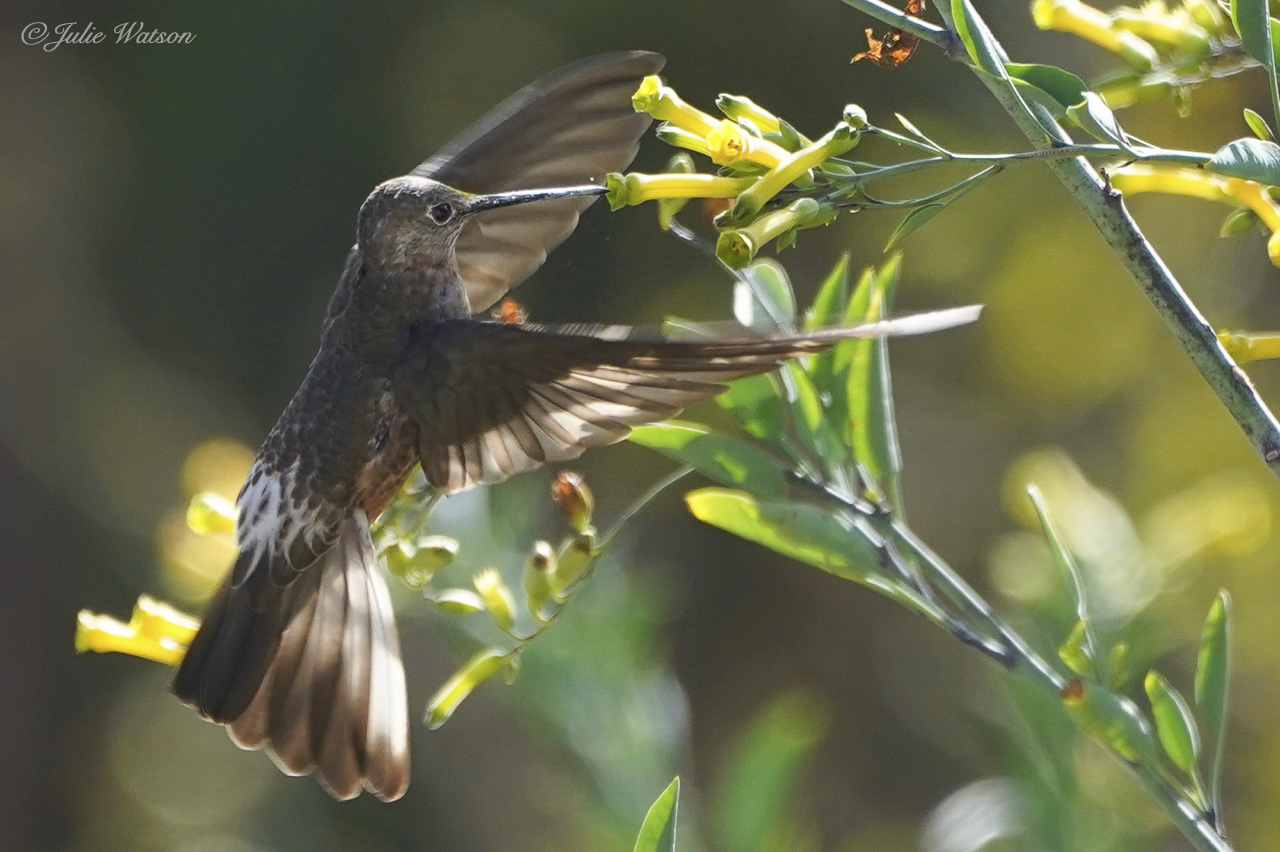
puede leer: LOS COLIBRÍES DE ECUADOR
They are the only bird which can fly backwards and upside down. They beat their wings in the shape of a figure 8 and smaller species have been found to have as much as 80 – 90 beats per second, whereas the largest species, such as the Giant will beat its wings 15 times a second.
Iridescent feathers are one of the most stunning features of these birds, being most striking on the cap, throat and tail. These feathers are not pigmented and appear black at most angles but when they reflect the light, they glitter like jewels.
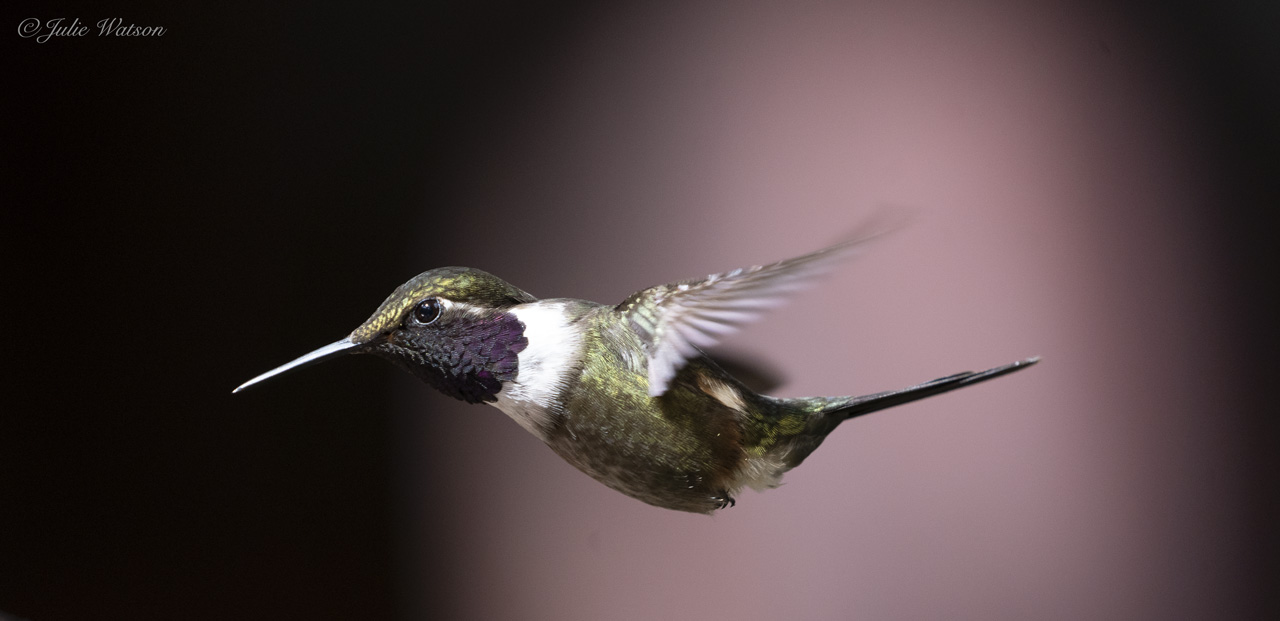
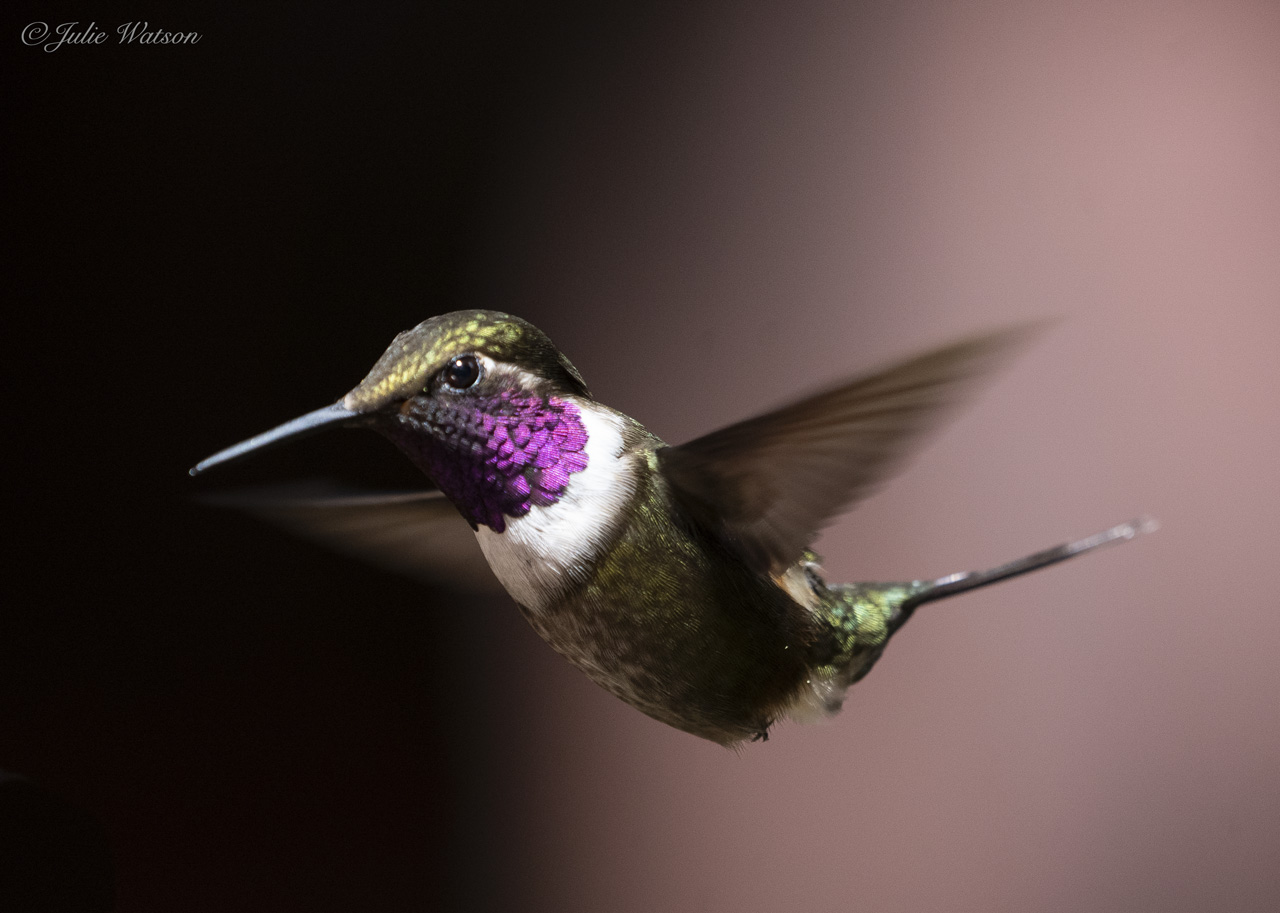
puede leer: LOS QUETZAL DEL CHOCÓ ANDINO EN ECUADOR
As I approach the hummingbird feeders in the Choco cloud forest of Ecuador, I have counted over 30 species. My favorite species are the Western Emerald, because it literally looks like a glittering emerald; the Booted Racket-tail for its wonderful divided tail and the White-whiskered Hermit for its long, curved beak and pointed tail.
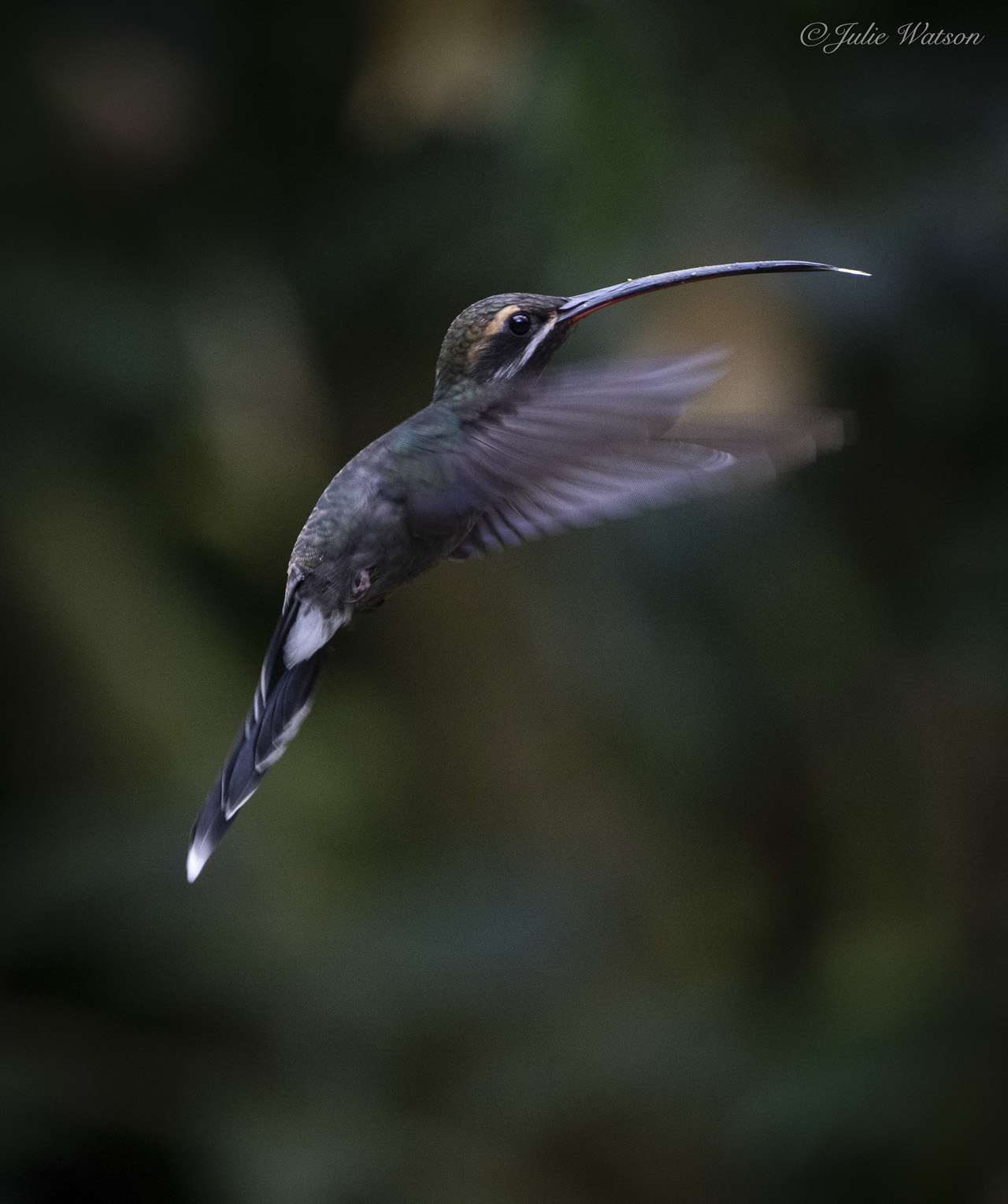
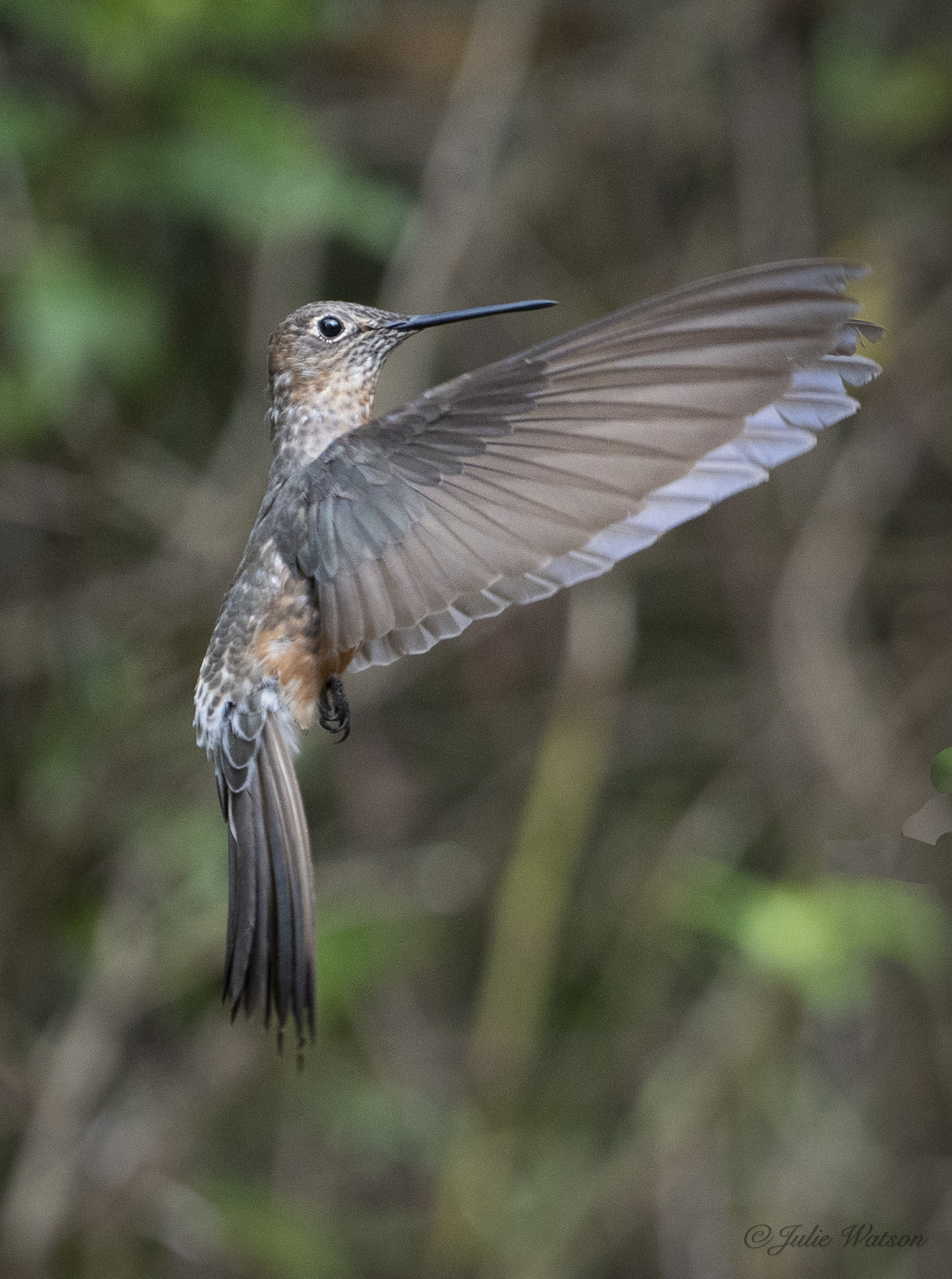
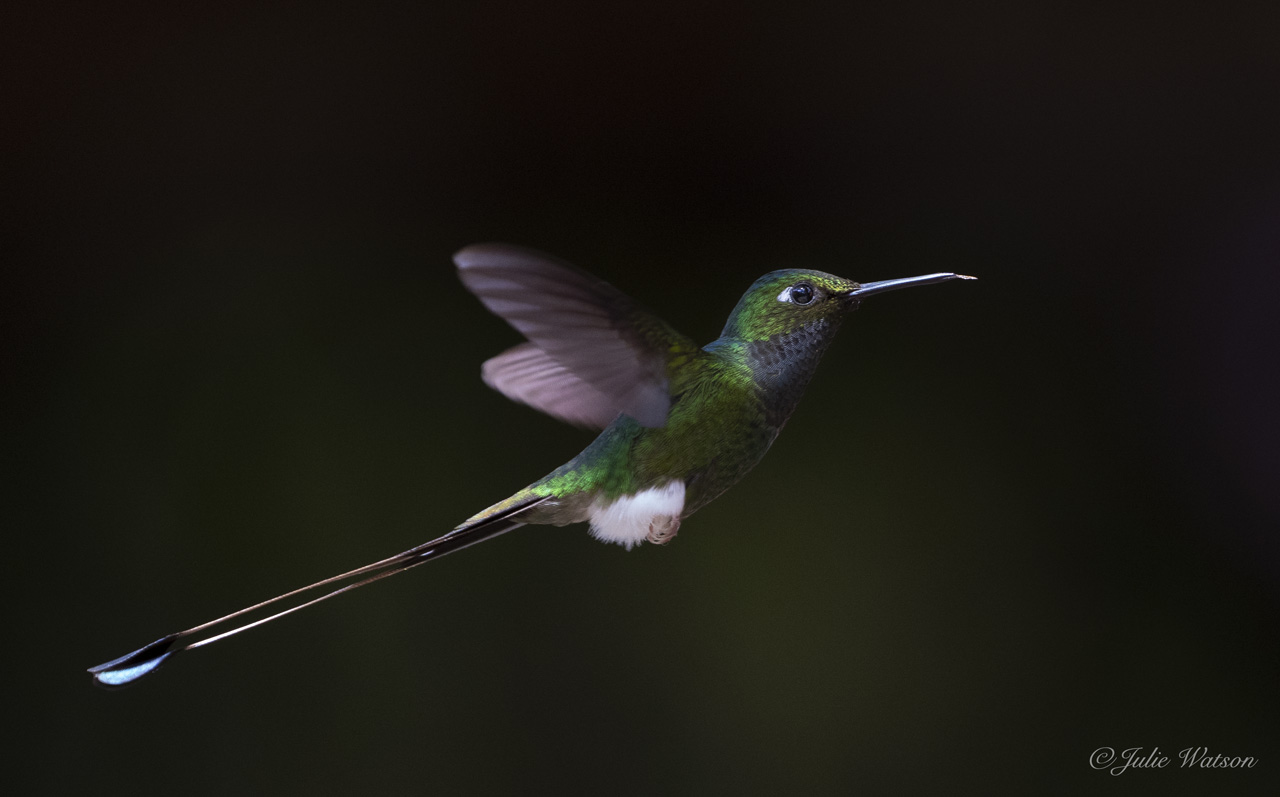
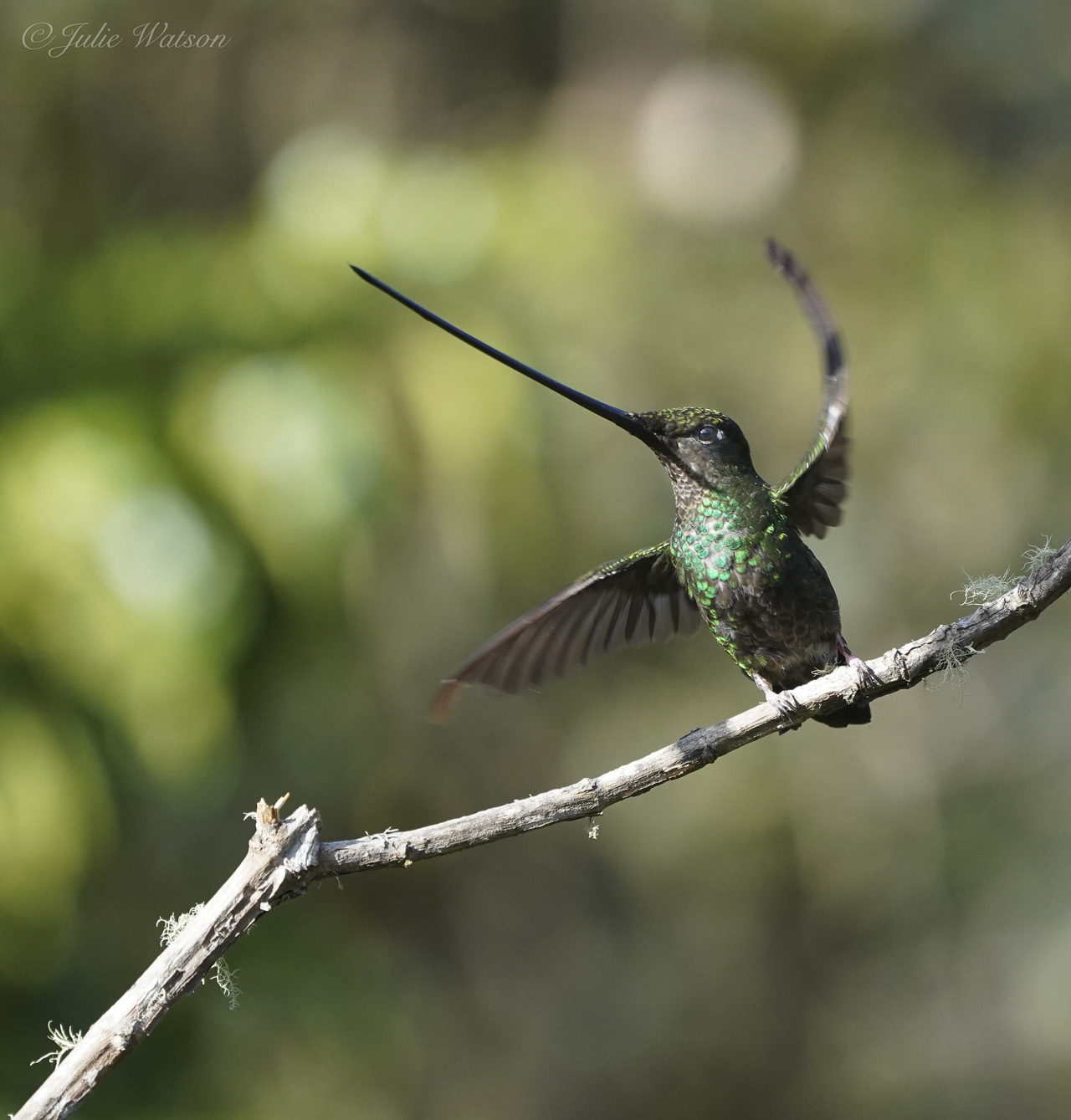
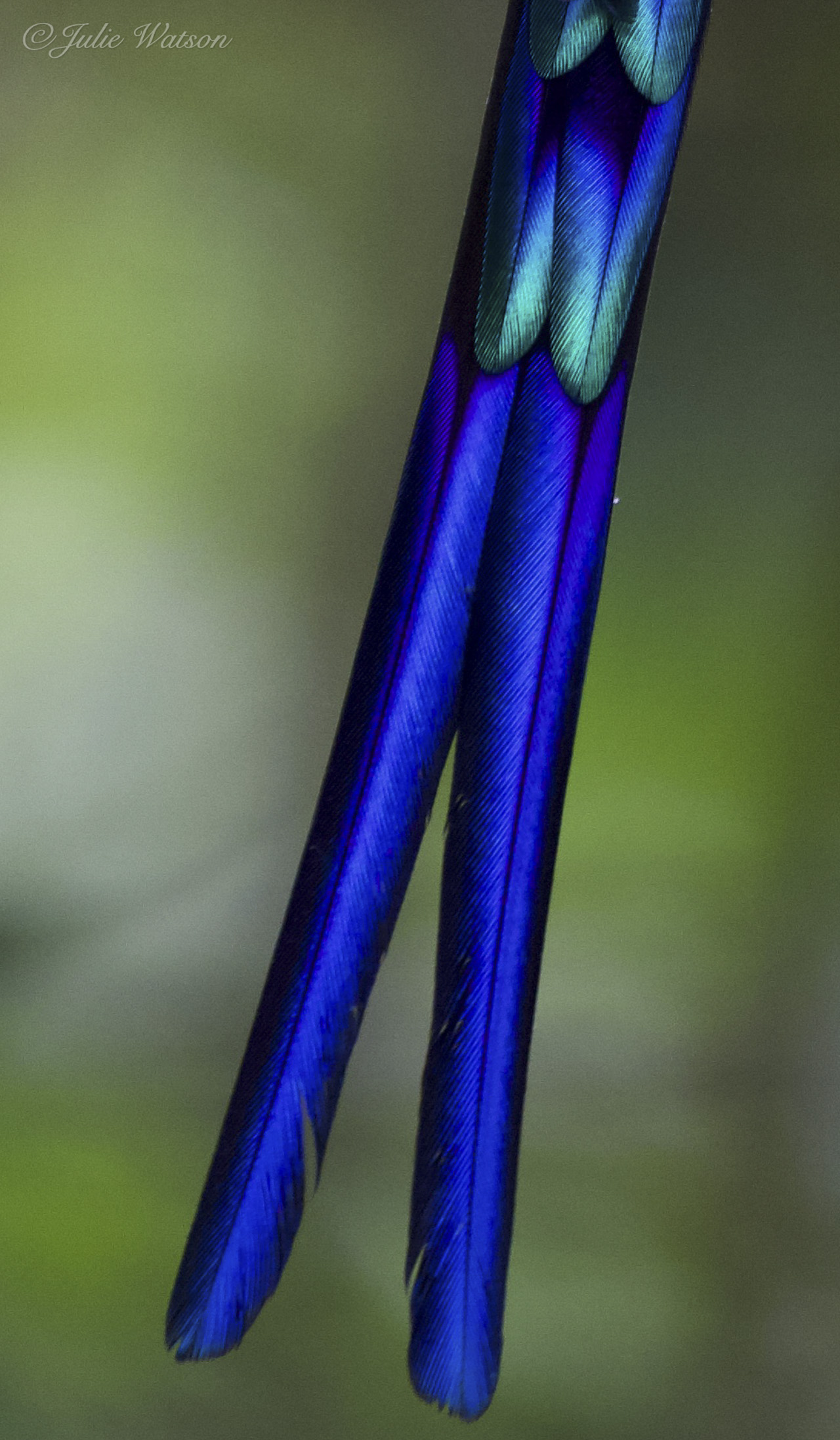
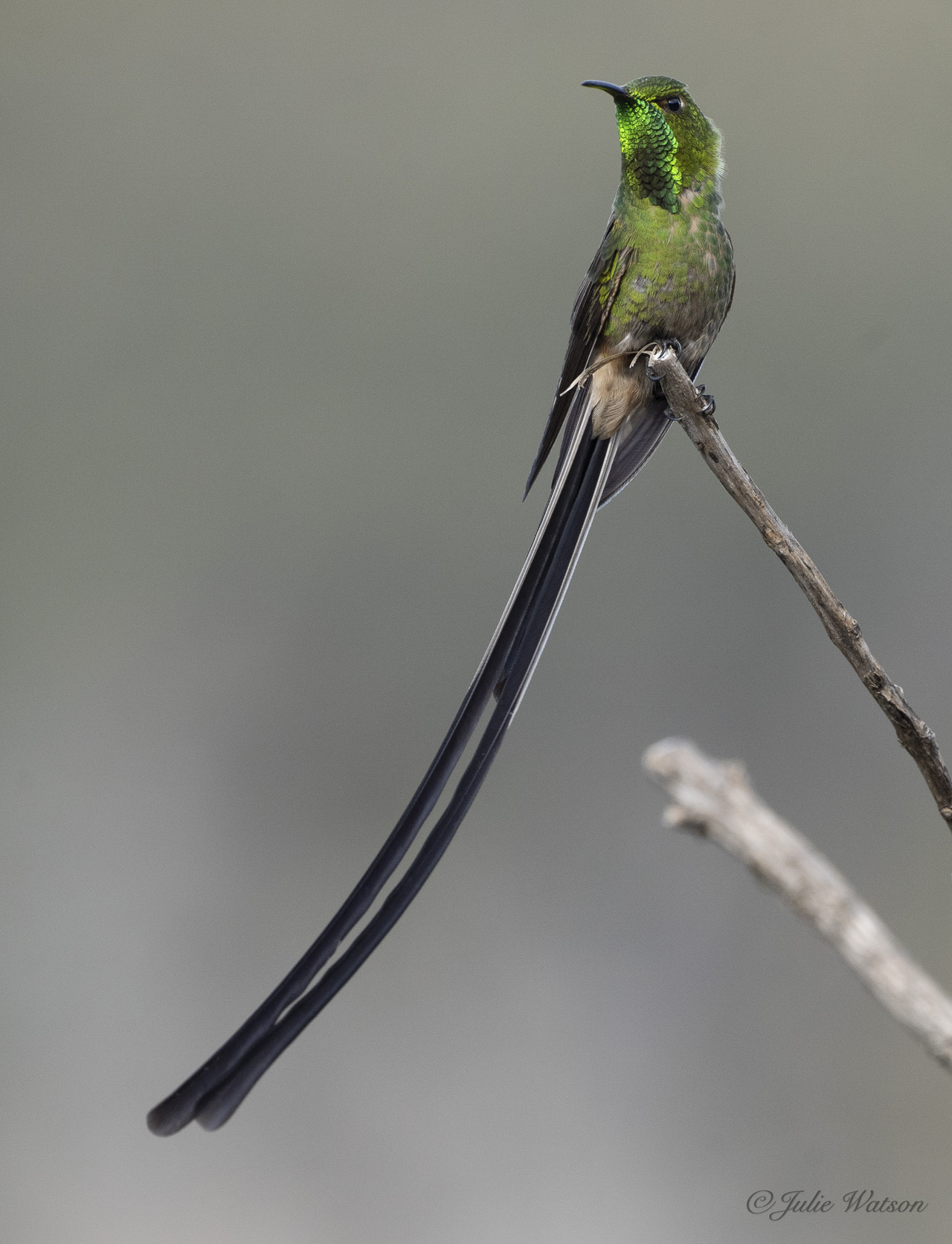
Seguimos difundiendo aquello en lo que creemos y por lo que siempre hemos luchado, los derechos del movimiento indígena, de las mujeres o warmis, de los grupos LGTBI, de los trabajadores y los derechos de cuidar a la naturaleza.
Múltiples voces, distintas ideas, pensamientos y miradas.



